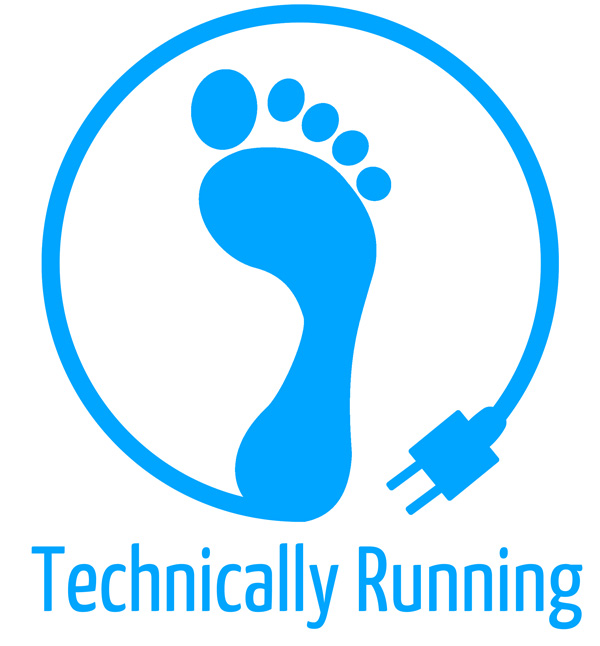The majority of our Hack Your Fitness posts have been aimed at ways to export, import, and/or compile fitness data from various sources, because if you’re like us, and have used or currently use several different fitness tracking devices and/or websites, it can be very frustrating to “lose” your data and long-term progress if you decide to switch devices or tracking services. For example, we started out in 2011 tracking all of our runs on Nike+. We’ve since bounced back and forth between Apple Watch, Garmin, Suunto (Movescount), and others over the years, and we also import into Strava for the social aspects.
I recently bought an Apple Watch to wear for daily activity tracking and for shorter workouts, but I’m keeping my Garmin Fenix 5s to use for longer/more specialized workouts (e.g., triathlon bricks) and races. My only hesitation with this switch was that I have several years of workout data built up in Garmin and enjoy using the Garmin Connect interface to look at my compiled data over Apple Health. I explored trying to get Apple Health to import workouts into Strava in an attempt to compile things there, and although it seems like that should work, I couldn’t get any of my historic data to transfer and gave up. So, what’s a girl with a lot of data and nowhere to synchronize it do?

Well, a few minutes of determined Googling later and I came across a recommendation for RunGap – AKA the app I’ve been wanting to find for over 8 years (that has apparently existed since 2012 – what!?). RunGap’s goal is to to allow you to “get your complete training history” and “take control of your data,” and they absolutely deliver! It took less than ten minutes for me to download the app and log in to import my data from Garmin Connect, Apple Health, Strava, and Nike+*. A few more minutes after that was all it took to sync my data across all of these services by exporting any activities that weren’t already logged within each of them (e.g., Strava and Garmin Connect were missing all of my Apple Watch workouts). Easy peasy!
Overall, RunGap does a good job of exporting data so that it fits with the native format of whatever app you’ve pushed it into. In the images below, you can see the data from a run I did with my Apple Watch as it appears now in Garmin Connect. With the exception of the less precise cadence data relative to what I would expect to get from my Garmin watch, I’d be hard pressed to recognize it as an activity from my Apple Watch and not the Fenix 5s (which, consequently, also tells you just how far Apple has come with its fitness tracking!). I’ve only come across a couple of minor problems. First, any multisport/block activities I recorded with Garmin (e.g., a Swim-Bike-Run sequence for a triathlon) were duplicated across Apple Health, Strava, and Garmin as very long (very fast) runs. It was a little bit of a pain in the butt to go through and manually delete the duplicates across the different services (including the native RunGap app), but I can’t see this being more than a minor annoyance in terms of having to correct it for individual workouts in the future. Second, it seems as if my most recent Garmin and Strava data were duplicated in the Apple Health/Apple Watch Activity apps. However, I’m unconvinced the duplication isn’t just a quirk of the Health app and the way in which I have the data source permissions/priorities set up (which would be another example of why I prefer to use Garmin’s interface).
A final important note is that exporting data from RunGap is not free. I paid a fee of $2.99 for access to the ability to export my data for a three month period. For $7.99 I could have bought access for an entire year, which is a better deal, but I wanted to try it out at the less expensive rate first. Of course, RunGap is also designed so that you can view all of your compiled data within its app. The Details view of each activity is simple, but all of the metrics available for that particular activity are clearly displayed, so it’s a perfectly fine option if you want to avoid paying for anything. RunGap also offers statistical data on your mileage, duration, speed, and other metrics over time. I still really like the Garmin Connect interface and using Strava socially, though, so I was happy to fork over a small fee.
Do you compile your data from multiple services? We want to hear about it! Post in the comments below or join the discussion on Facebook, Twitter, or Instagram!
*Note: The Nike+ login was accompanied by a warning that support for access will be ending soon, as Nike has put limits on how data can be accessed/downloaded. This means that as soon as the current access setup “breaks”, it won’t be available anymore on RunGap. Not an issue for me, since I just wanted to get my old data off of it.
Meagan is a geochemistry research lab manager, runner, Netflix binge-watcher, and Mom to a rescue dog, a bunny, and a human child. She started running in May 2011 and ran her first half marathon in October 2012, followed by her first marathon in October 2013. In July 2018, she joined the triathlon world and completed an Olympic-distance race. After an extended break (pregnancy/maternity leave), she is making a long-overdue return to running and is preparing for a high-elevation half marathon at Crater Lake National Park in August 2020.







